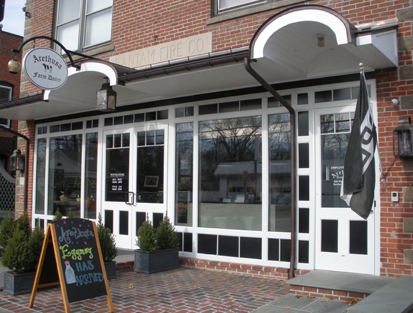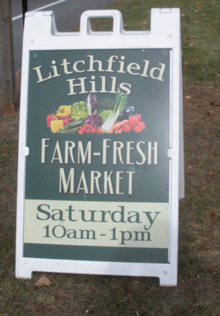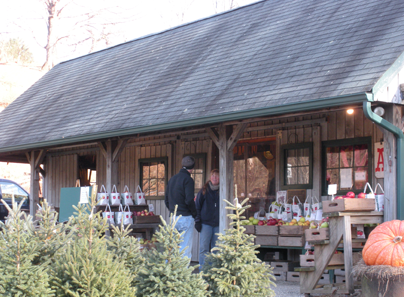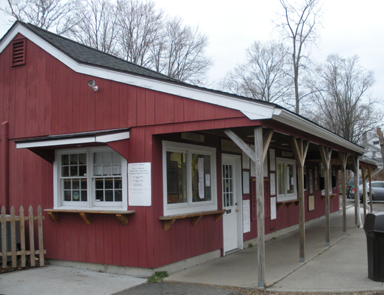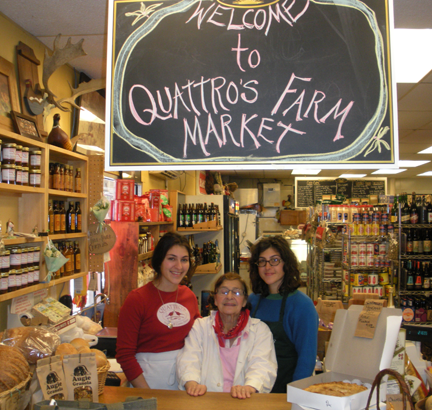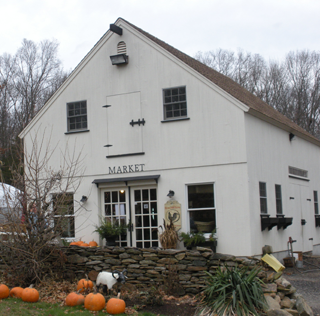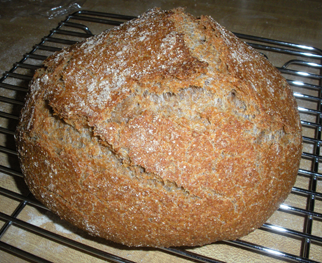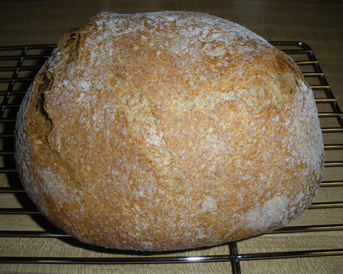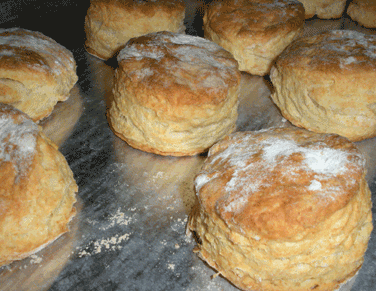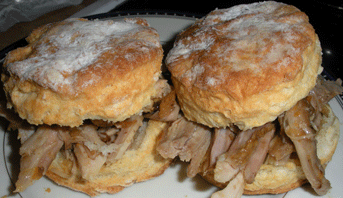Because we are both hunters and gatherers…
Yes, I already have lots of things I’d preserved and stored from the summer. And I had a number of things I’d gotten last Saturday at the Westport Farmers Market. But one still needs MORE.
The Saturday before…
This year, I changed it up a bit and instead of the usual tradition of the New Haven market, I went up to Litchfield.
First stop, Arethusa Farm Dairy in Bantam, CT for cheese, butter, sour cream, egg nog, and as long as I was there, a dish of ice cream to keep me going.
Since I was in Litchfield and so close, off to the Litchfield Hills Farmers Market. I scored spinach and arugula from Maple View Farm, some veggies from Wild Carrrot Farm, and some Cato Corner cheese for Thanksgiving and lots of other things for post-Thanksgiving real life.
Then down to New Morning in Woodbury, CT for other things…like my milk…and an assortment of non-local, but essential, Thanksgiving items (olives, bell peppers, pistachios, rice, lemons and limes, and more things like that).
Then to Maple Bank Farm in Roxbury, CT for yet more apples, Brussels sprouts, Lyman’s Cider. I already got my choice, hand-selected by Howie Bronson sugar pumpkin last week.
Then on to Ferris Acres Creamery in Newtown, CT to pick up my ice cream order.
This picture was taken at 4:30. The last of the crowd had just left. They were only supposed to be open until 3 PM!
The Tuesday before…
First stop, Quattro Farm Store in Pleasant Valley NY for the turkey, heavy cream, some more veggies from the Migliorelli’s, flour and corn meal from Wild Hive, and some NY beer (and some other stuff not for the holiday).
There’s Carmella (who I was delighted to finally meet) and her granddaughters.
Then on to Sport Hill Farm in Easton, CT, for cauliflower and whatever else one might find!
I think I have enough now.
